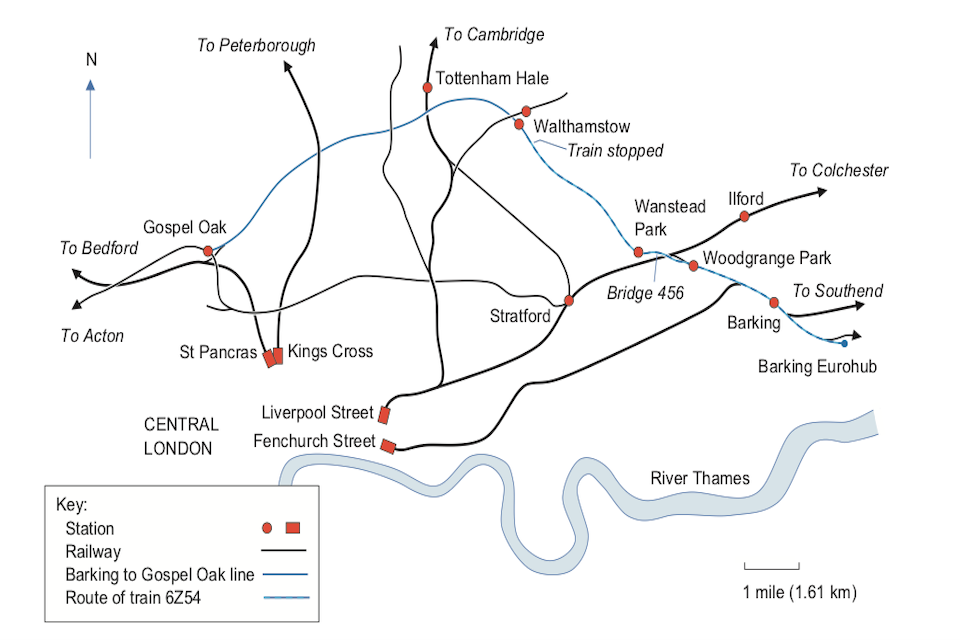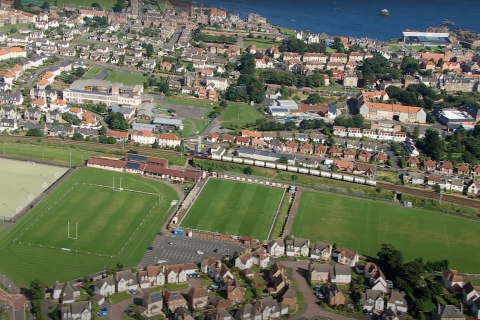Major London derailment caused by track rot, says report

A failure to repair infrastructure seems to be the main cause of the derailment in London in January this year. This is the conclusion of the UK’s independent Rail Accident Investigation Branch (RAIB). The accident caused extensive disruption through the suburbs of east London over a longer period of time.
The RAIB has published its findings into the extensive derailment in January, in east London. In their report, the RAIB found that the condition of the timbers at the point of derailment had severely deteriorated because of rot, but this was concealed by their superficially good exterior condition. The inspection method and tools used by Network Rail staff were not sufficient to detect the poor internal condition of the timber.
On Thursday 23 January 2020, a wagon in the rear half of a heavily loaded freight train derailed on a small radius curve as it crossed a bridge in east London. The forces from the train caused the rails on large longitudinal timbers, to spread apart. Two adjacent wheelsets from different wagons derailed as the train continued for 2.5 miles (4.1 km) before stopping, causing significant track damage.

Right remedy, wrong bridge
The widening of the track gauge was identified by track recording vehicles operated by Network Rail, six times between March 2019 and January 2020. On three occasions, the track maintenance gangs responded but undertook work in a nearby location due to erroneous GPS data. On three other occasions, the track recording vehicles’ software did not report the location of the fault so maintenance staff remained unaware of it. Network Rail launched a review resulting in an updated standard for the detailed inspection and management of longitudinal timbers. The updated standard was under development at the time of the accident, and was published in March 2020.
RAIB has made one recommendation to Network Rail regarding improvements in the provision of track recording vehicle data to track maintenance staff, and one recommendation to the wagon owner concerning the monitoring of maintenance activities to reduce the risk of defective rail vehicles entering service. It has identified three learning points covering the management of longitudinal timber systems and loading activities in freight loading terminals.
You just read one of our premium articles free of charge
Want full access? Take advantage of our exclusive offer





Thanks for sharing this precious information with us, this is really helpful for me and also for my upcoming project as well